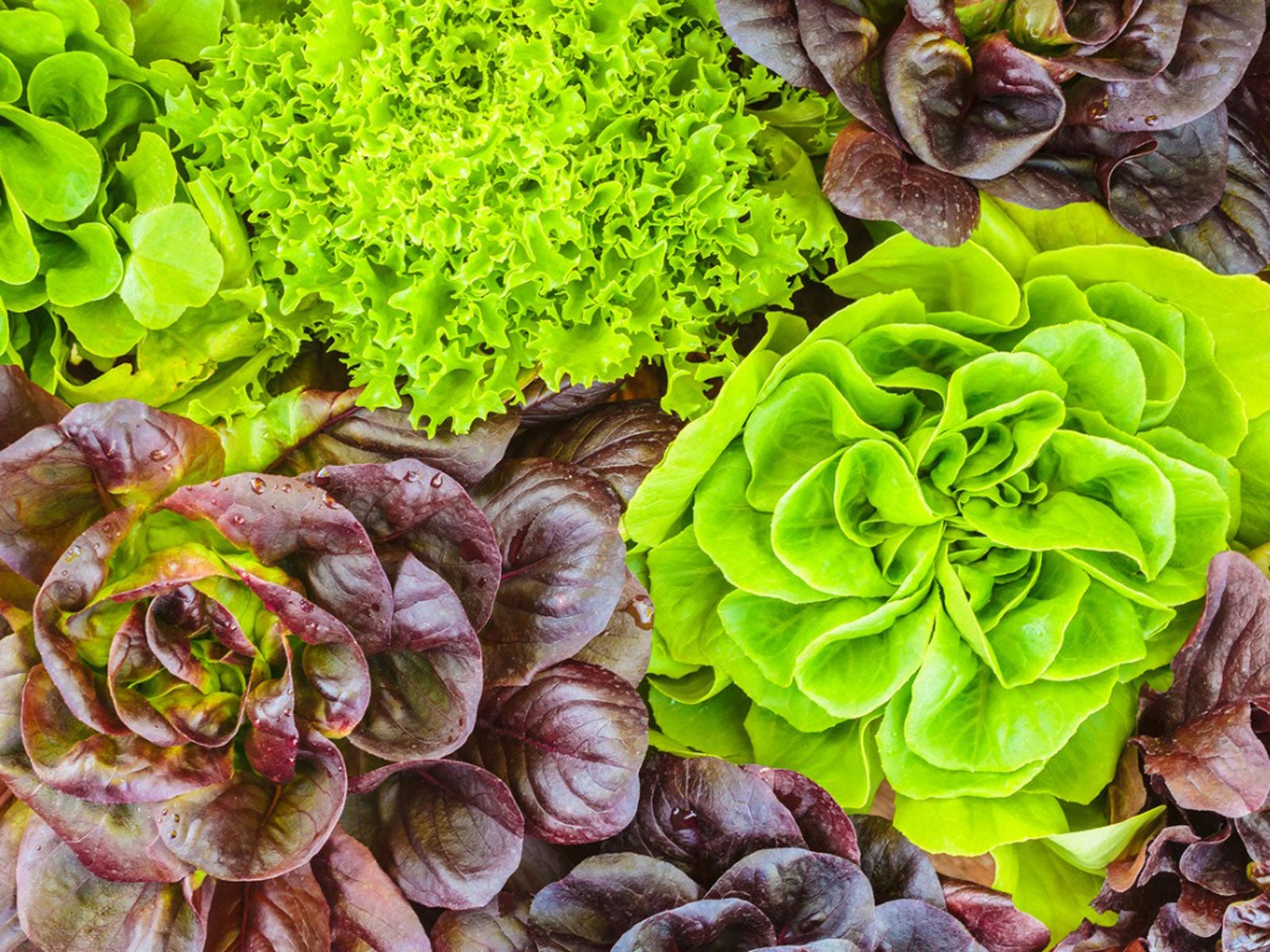How to Grow Hydroponic Lettuce: Top Tips

Are you tired of buying store-bought lettuce that wilts in a day? Imagine having fresh, crisp lettuce at your fingertips, grown right in your own home. Hydroponic lettuce growing is not only a sustainable solution but also a rewarding hobby. Let's dive into the world of hydroponic lettuce growing and discover the top tips to ensure your lettuce thrives.
Understanding Hydroponic Systems
Before we get into the nitty-gritty of growing hydroponic lettuce, it's essential to understand the different types of hydroponic systems. The most common systems for growing lettuce are:
- Nutrient Film Technique (NFT): This system involves a shallow stream of water containing all the dissolved nutrients flowing over the bare roots of plants in a watertight gully.
- Deep Water Culture (DWC): In this system, the roots of the plants are suspended in a nutrient-rich water solution. An air pump oxygenates the water to prevent root rot.
- Wick System: This is a passive system where a wick transfers water and nutrients from the reservoir to the growing medium.
Each system has its pros and cons, so choose the one that best fits your space and expertise level.
Choosing the Right Lettuce Varieties
Not all lettuce varieties are created equal when it comes to hydroponic growing. Some varieties that thrive in hydroponic systems include:
- Buttercrunch: Known for its tender, sweet leaves.
- Black Seeded Simpson: A fast-growing variety with crisp, curly leaves.
- Ithaca: A crisphead lettuce that is heat-tolerant and disease-resistant.
When selecting your lettuce seeds, consider factors like growth rate, flavor, and disease resistance.
Setting Up Your Hydroponic System
Setting up your hydroponic system is like building a tiny ecosystem. Here are the key components you'll need:
- Growing Medium: Choose a medium that supports the plant and allows for proper aeration. Common choices include rockwool, perlite, and coconut coir.
- Nutrient Solutions: Lettuce requires a balanced mix of nitrogen, phosphorus, and potassium. You can find pre-mixed nutrient solutions specifically designed for hydroponic systems.
- Grow Lights: If you're growing indoors, invest in high-quality grow lights. LED grow lights are energy-efficient and provide the full spectrum of light needed for plant growth.
- pH and EC Meters: These tools help you monitor the pH and electrical conductivity (EC) of your nutrient solution, ensuring optimal conditions for your lettuce.

Plant Care Tips
Once your hydroponic system is set up, it's time to focus on plant care. Here are some top tips to keep your lettuce healthy and thriving:
Monitoring pH and EC Levels
Maintaining the right pH and EC levels is crucial for the health of your lettuce. The ideal pH range for lettuce is between 5.5 and 6.5, while the EC should be around 1.2 to 1.8 mS/cm. Regularly test your nutrient solution and adjust as needed.
Providing Adequate Light
Lettuce requires about 12-16 hours of light per day. If you're using grow lights, make sure they are positioned correctly to provide even light distribution. Natural sunlight is also beneficial if you have access to it.
Maintaining Temperature and Humidity
Lettuce prefers cooler temperatures, ideally between 60-70°F (15-21°C). High humidity levels can lead to diseases like powdery mildew, so aim for a humidity level around 50-60%.
Pruning and Harvesting
Regularly prune your lettuce to encourage bushier growth. When it's time to harvest, cut the outer leaves first, allowing the inner leaves to continue growing. This method ensures a continuous supply of fresh lettuce.
Common Challenges and Solutions
Growing hydroponic lettuce isn't without its challenges. Here are some common issues and their solutions:
- Root Rot: Caused by overwatering or poor aeration. Ensure your system has adequate oxygenation and drainage.
- Nutrient Deficiencies: Yellowing leaves or stunted growth can indicate a nutrient deficiency. Regularly test your nutrient solution and adjust as needed.
- Pests and Diseases: While hydroponic systems reduce the risk of soil-borne diseases, pests can still be an issue. Use organic pesticides and maintain good hygiene practices to keep your lettuce healthy.

Conclusion
Growing hydroponic lettuce is a rewarding experience that offers fresh, nutritious greens right at your fingertips. By understanding the different hydroponic systems, choosing the right lettuce varieties, and providing proper care, you can enjoy a continuous supply of crisp, homegrown lettuce. Whether you're a seasoned gardener or a beginner, hydroponic lettuce growing is a fun and sustainable way to bring a touch of green into your life.
FAQs
What is the best hydroponic system for growing lettuce?
- The Nutrient Film Technique (NFT) and Deep Water Culture (DWC) systems are both excellent choices for growing lettuce due to their efficiency and ease of use.
How long does it take to grow lettuce hydroponically?
- The growth time varies by variety, but most lettuce types can be harvested within 4-6 weeks when grown hydroponically.
What are the ideal temperature and humidity levels for hydroponic lettuce?
- Lettuce thrives in cooler temperatures between 60-70°F (15-21°C) and humidity levels around 50-60%.
How often should I change the nutrient solution in my hydroponic system?
- It's generally recommended to change the nutrient solution every 2-3 weeks to maintain optimal nutrient levels and prevent the buildup of salts.
Can I grow other vegetables alongside lettuce in a hydroponic system?
- Yes, many other leafy greens and herbs can be grown alongside lettuce in a hydroponic system. Just ensure that the nutrient and light requirements of all plants are compatible.
0 Response to "How to Grow Hydroponic Lettuce: Top Tips"
Post a Comment